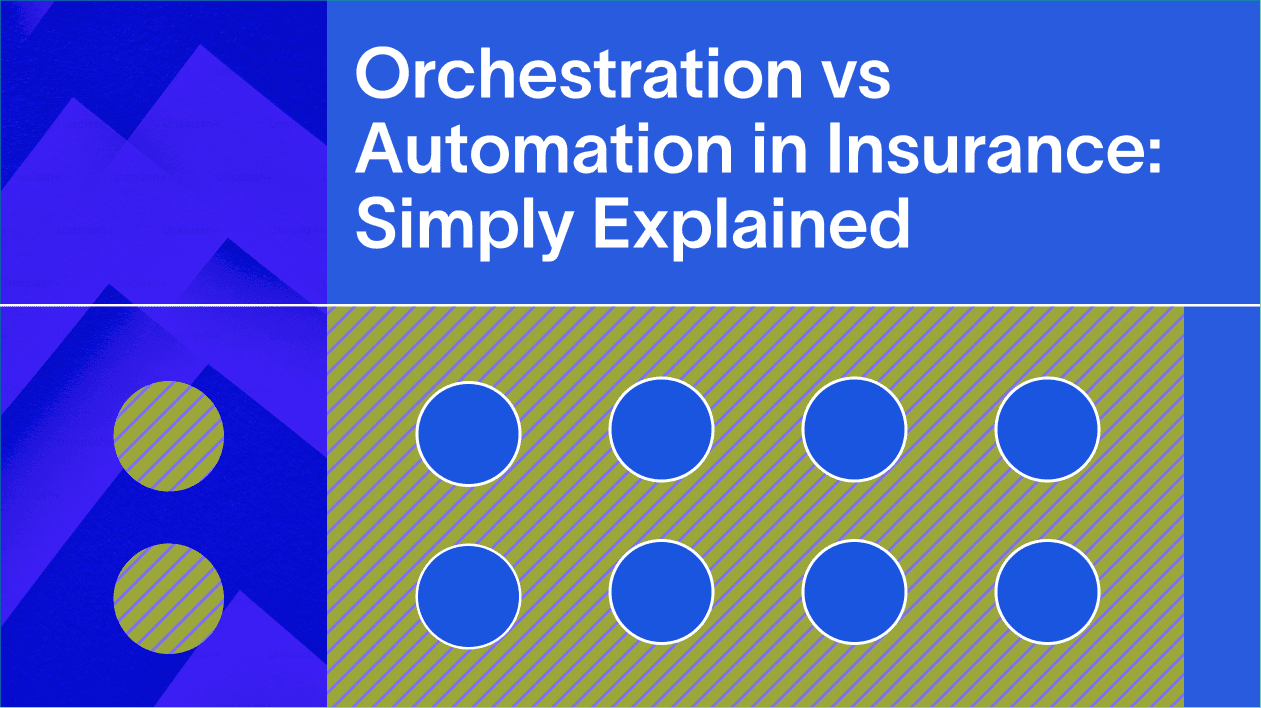Articles


July 17, 2025
Agentic AI in Insurance: A 2025 Guide for MGAs and Carriers
Agentic AI in Insurance: A 2025 Guide for MGAs and Carriers
Agentic AI in Insurance: A 2025 Guide for MGAs and Carriers

15 min read


July 23, 2025
Strada’s AI in ‘Profiles in Risk’ Podcast: Why Insurers Trust Us With Their Calls
Strada’s AI in ‘Profiles in Risk’ Podcast: Why Insurers Trust Us With Their Calls
Strada’s AI in ‘Profiles in Risk’ Podcast: Why Insurers Trust Us With Their Calls

5 min read


August 5, 2025
2025 Guide to Using Voice AI in Insurance Call Centers
2025 Guide to Using Voice AI in Insurance Call Centers
2025 Guide to Using Voice AI in Insurance Call Centers

12 min read


September 15, 2025
The Guide for 2025: From ChatGPT in Insurance to Purpose-Built AI Platforms
The Guide for 2025: From ChatGPT in Insurance to Purpose-Built AI Platforms
The Guide for 2025: From ChatGPT in Insurance to Purpose-Built AI Platforms

15 min read

July 17, 2025
Agentic AI in Insurance: A 2025 Guide for MGAs and Carriers
Agentic AI in Insurance: A 2025 Guide for MGAs and Carriers

15 min read

July 23, 2025
Strada’s AI in ‘Profiles in Risk’ Podcast: Why Insurers Trust Us With Their Calls
Strada’s AI in ‘Profiles in Risk’ Podcast: Why Insurers Trust Us With Their Calls

5 min read
All
Announcements
AI & Automation
Inside Strada
One more 1
One more 2
Start scaling with voice AI agents today
Join innovative carriers, MGAs, and brokers transforming their calls with Strada.
All
Announcements
AI & Automation
Inside Strada
One more 1
One more 2
Start scaling with voice AI agents today
Join innovative carriers, MGAs, and brokers transforming their calls with Strada.
All
Announcements
AI & Automation
Inside Strada
One more 1
One more 2
Start scaling with voice AI agents today
Join innovative carriers, MGAs, and brokers transforming their calls with Strada.
All
Announcements
AI & Automation
Inside Strada
One more 1
One more 2
Start scaling with voice AI agents today
Join innovative carriers, MGAs, and brokers transforming their calls with Strada.
All
Announcements
AI & Automation
Inside Strada
Start scaling with voice AI agents today
Join innovative carriers, MGAs, and brokers transforming their calls with Strada.
© 2025 Strada API, Inc.
© 2025 Strada API, Inc.
© 2025 Strada API, Inc.















































